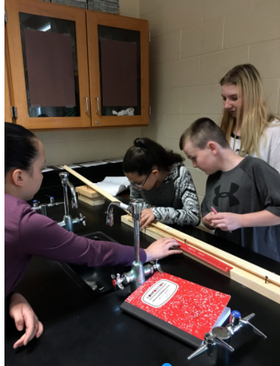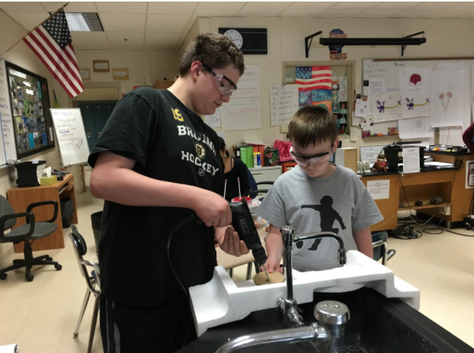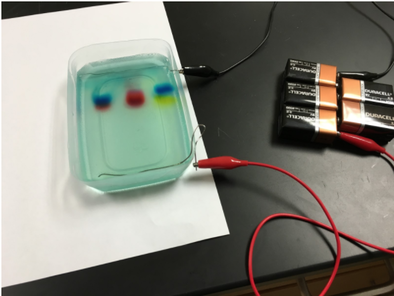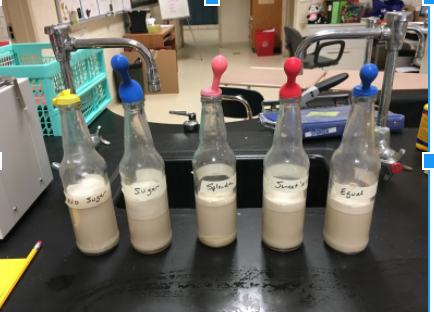THE INSPIRED
|
By MaryAnn DeMaria, Grade 7 Science Teacher |
Click above to share a practice that promotes student agency, ignites students' passions, or creates a bridge between classrooms & the real world.
Click above to nominate an educator to be celebrated by the Inspired Learning Project.
Archives
November 2020
Categories |






 RSS Feed
RSS Feed